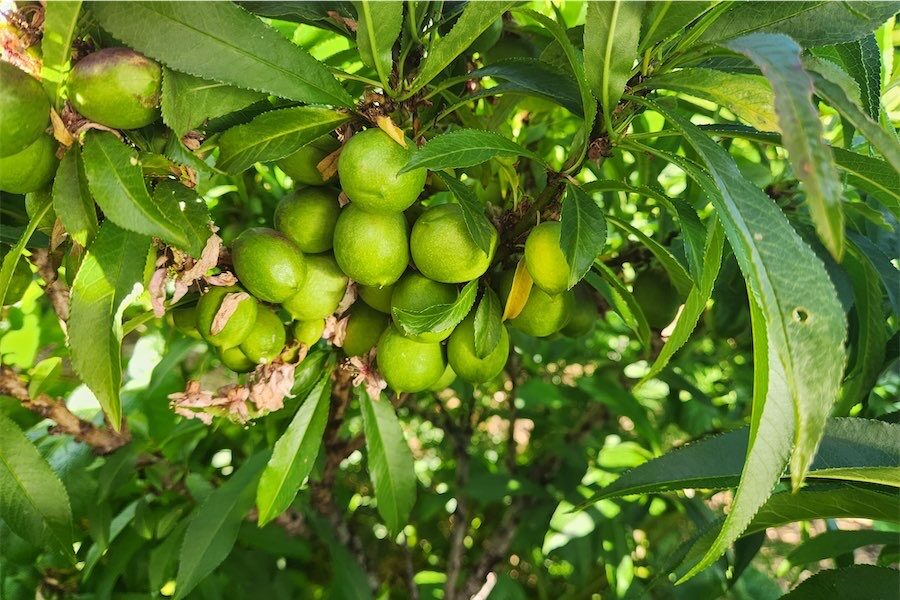
Gardening writer CEDRIC BRYANT welcomes autumn and outlines some of the important jobs that come with the change of season…
AUTUMN is my favourite time of the year in the garden, with the blasting heat of summer days over and plants breathing a sigh of relief.

It is also changeover time with summer flowers ending and autumn flowers bursting forth.
Dahlias come into their own in autumn with an amazing range of shapes and colours; one can understand why they are the national flower of Mexico. Roses are also presenting us with their final flush of blooms, as are the annual flowers of petunias.
However, there’s still work to do in the garden and in this column I’m providing reminders of important tasks that will benefit next spring’s displays.
While deciduous trees and shrubs still have leaves, it’s the perfect time to remove any dead, diseased or broken branches. They’re hard to pick once the leaves have dropped. Stand back and view the plants – can wayward branches be trimmed to provide more flowering branches next season?
Also remove any crossing-over branches, the ones rubbing against each other that can cause damage to bark.
EVERGREEN shrubs, from the smallest box-hedging plants to intermediate shrubs such as daphne, need an autumn prune. Some gardeners seem reluctant to prune daphne; however, both the Chinese daphne (such as Daphne odora) and the Italian varieties (“Eternal Fragrance”) will benefit from a light trim now to encourage more flowers. This gives the new shoots a few weeks to harden off before the serious frosts arrive.
Larger evergreen shrubs such as viburnums and pittosporum should all be trimmed now. If any of these shrubs are grown as hedges always trim the top narrower than the base to allow even sunlight to all parts of the hedge.
The traditional time to trim conifers is March and October. Never cut back into the old wood. Unlike other evergreen shrubs, new growth will not grow back again on old wood with conifers.

MANY spring and summer-flowering, evergreen shrubs will already be forming an abundance of tiny flowering buds, Camellia sasanqua for example, and must not be pruned at this time.
The pride and joy of many gardens is the display of deciduous spring flowering shrubs. These include magnolias, viburnum and philadelphus, often with rich fragrance. If any buds are showing, don’t prune them until after flowering. Some shrubs revel in hard pruning, one of the best examples is buddleia or “Butterfly Bush”. Left unpruned they quickly end up an uninspiring scraggly bush with no flowers.
SOME of the smallest plants, namely herbs, are often neglected and overgrown. Like shrubs, now’s the time to give them the chop, the cut off pieces hung up to dry for later use.
Constantly I see in magazines and TV shows herbs being grown in tiny pots, often displayed on a kitchen window shelf. This may look good given they’re close at hand when cooking, but the coldest place in the home in winter is by windows.
The majority of herbs originate in the Mediterranean and love heat; rosemary, lavender, thyme, while often shown growing in small pots, need at least 30cm pots and to be grown outdoors.
Herbs do not need as regular watering as other plants. To get the ultimate flavour, herbs need to be cut often to encourage new, fresh growth. Like other perennial plants it is the perfect time to divide herbs.
Who can be trusted?
In a world of spin and confusion, there’s never been a more important time to support independent journalism in Canberra.
If you trust our work online and want to enforce the power of independent voices, I invite you to make a small contribution.
Every dollar of support is invested back into our journalism to help keep citynews.com.au strong and free.
Thank you,
Ian Meikle, editor




Leave a Reply